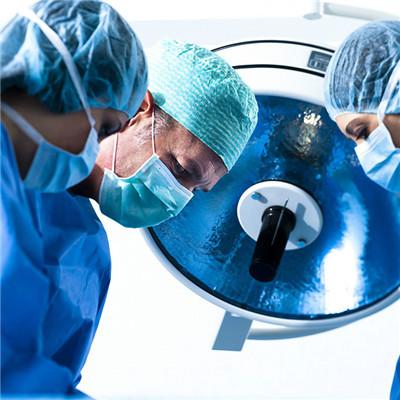What's the matter with aortointestinal fistula?
summary
? Aortointestinal fistula (AEF) refers to the pathological communication between aorta and adjacent intestine. Primary AEF can be divided into two types: primary and secondary. Primary AEF has no history of aortic surgery, but is directly penetrated into the adjacent intestinal cavity due to the invasion of the aortic wall caused by the lesion of the aorta itself, which is more common in the duodenum; Secondary AEF is due to the formation of pseudoaneurysm at the anastomotic site of the graft after aortic surgery, and then rupture into the intestinal tract, so secondary AEF is also known as graft (artificial blood vessel) intestinal fistula. What's the matter with aortointestinal fistula? Let's share my views with you.
What's the matter with aortointestinal fistula?
The first reason is aortic disease. Primary AEF usually occurs in the abdominal aorta. It often penetrates directly into the intestine due to the expansion and erosion of atherosclerotic abdominal aortic aneurysm (subrenal type). The rare reason is the rupture of fungal, syphilitic or traumatic aneurysm. In addition, primary aortoarteritis, The main cause of aortointestinal fistula is the malignant or metastatic tumor of the artery.

Second, gastrointestinal diseases such as mesenteric tuberculosis, Salmonella, syphilis and mycosis complicated with intestinal perforation erode the abdominal aorta wall and cause internal fistula. There are also reports of duodenal diverticulitis perforation and gastroduodenal ulcer perforation eroding the abdominal aorta. Biliary and pancreatic diseases such as cholelithiasis, necrotizing pancreatitis, pancreatic cancer and other biliary and pancreatic diseases can also be penetrated by erosion of abdominal aorta.

Third, aortic surgery; With the extensive development of vascular surgery, endovascular resection and aneurysm resection complicated with arteriointestinal fistula are common. The causes of complications are various, such as improper resection or vascular transplantation, abscess around the anastomotic site or fracture due to weak suture, secondary pseudoaneurysm after vascular anastomosis or autologous vascular transplantation, It is reported that most of the fistulas occurred after emergency resection of ruptured aneurysms, but less occurred during elective surgery.

matters needing attention
Continuous gastrointestinal decompression must be continued after operation; Maintain good blood circulation; The skin temperature, color, pulse of femoral artery, n artery and dorsalis pedis artery were observed; The application of broad-spectrum antibiotics, drug sensitivity test results after adjustment, follow the doctor's advice. According to different symptoms, there are different dietary requirements, ask the doctor specifically, and formulate different dietary standards for specific diseases.















